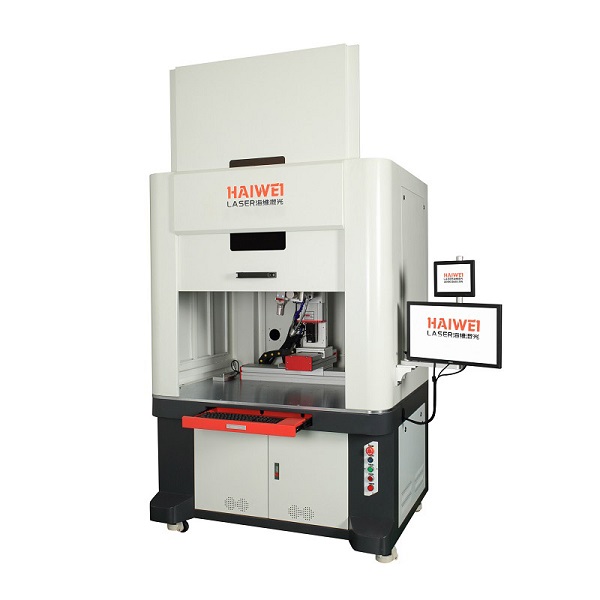Welding thickness range of plastic laser welding machines
When considering the purchase of a plastic laser welding machine, one crucial factor is understanding its welding thickness range. This aspect determines the versatility and applicability of the machine for various projects.

Determining Factors for Welding Thickness
The welding thickness that a plastic laser welding machine can handle depends on several factors including the type of laser used (such as diode or Nd:YAG), the power output, and the material properties of the plastics being joined. Typically, these machines are capable of welding materials ranging from 0.1 mm to several millimeters in thickness. However, achieving successful welds at the extremes of this range requires careful parameter adjustment.
Material Considerations
Different plastics have varying absorption characteristics which affect the welding process. Transparent or semi-transparent materials may require the use of an absorber dye to facilitate energy absorption. The clarity and color of the plastic also play roles in determining the optimal welding parameters for a given thickness.
Optimizing Machine Settings
To maximize the welding thickness range, users should optimize settings such as laser power, beam focus, and welding speed. For thicker sections, higher power and slower speeds may be necessary to ensure sufficient heat penetration and fusion. Conversely, thinner materials benefit from lower power and faster processing to avoid damage.
Application Examples
In medical device manufacturing, where precision is paramount, plastic laser welding machines are often set up to handle thin layers down to 0.1 mm. Meanwhile, automotive applications might require the joining of parts up to 5 mm thick, necessitating robust machine configurations and precise control over the welding process.
Selecting a plastic laser welding machine with an appropriate welding thickness range involves assessing your specific production needs. Consulting with experts like Haiwei Laser can provide tailored advice based on your material types and desired outcomes. By choosing the right equipment and optimizing its settings, you can achieve high-quality welds across a wide range of thicknesses, enhancing productivity and quality in your operations.
Recent Posts
- What are the advantages of laser welding machines in lithium battery pack production lines?
- What issues should be noted when choosing a lithium battery pack production line?
- Quality Inspection and Control of Lithium Battery Module Pack Production Line
- Cell grouping and sorting process in lithium battery module pack production line
- What are the safety hazards of lithium battery pack production lines and how can they be prevented?
INQUIRY

